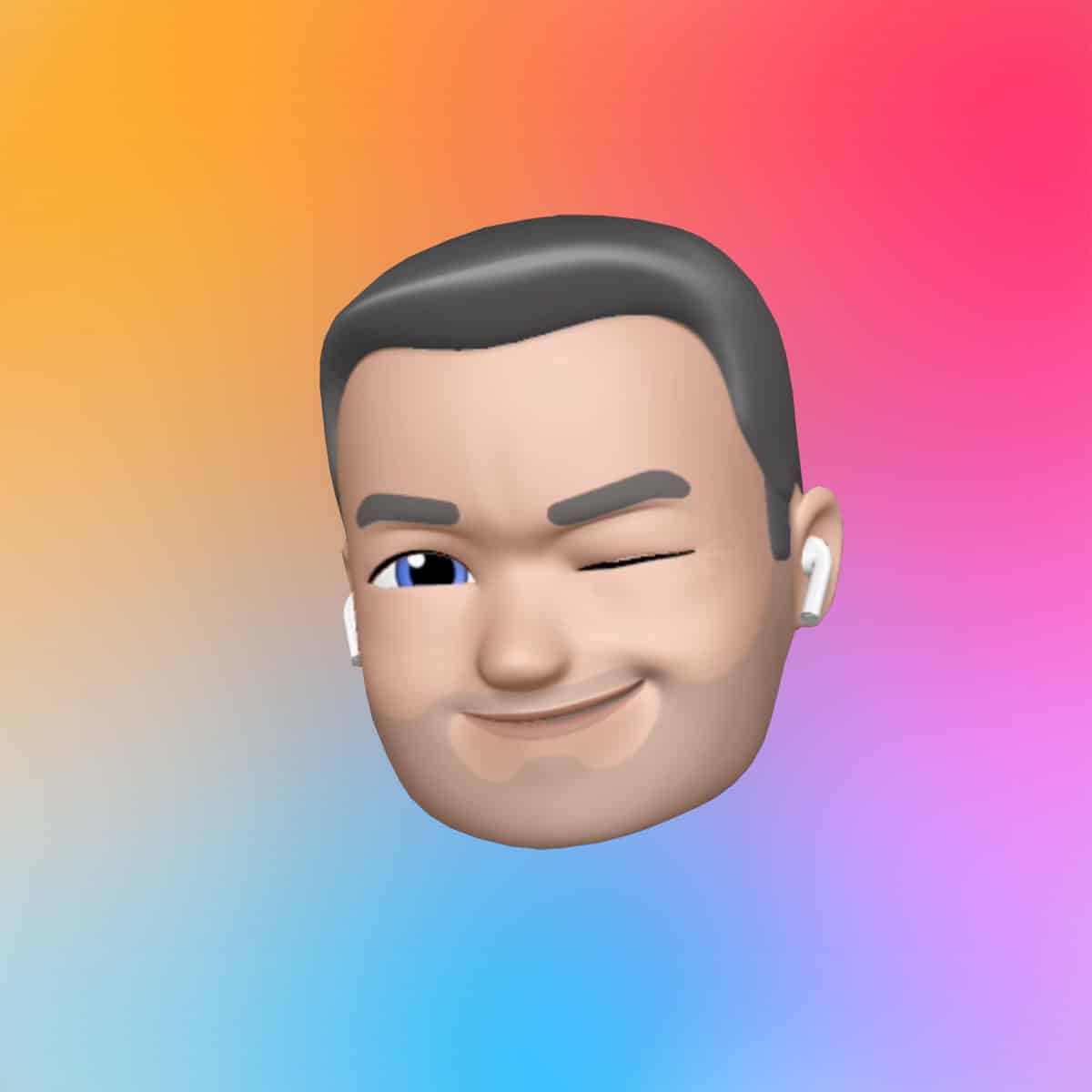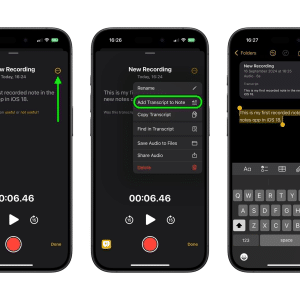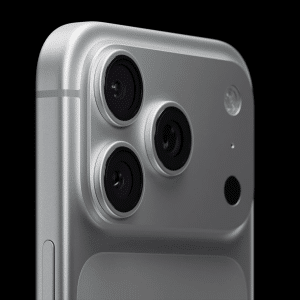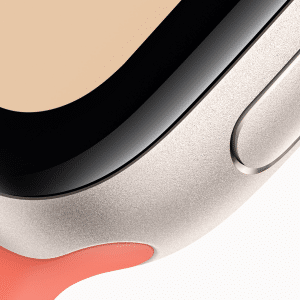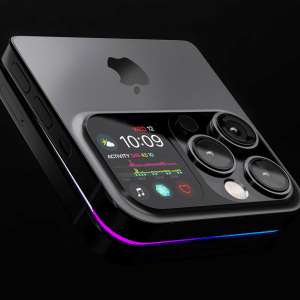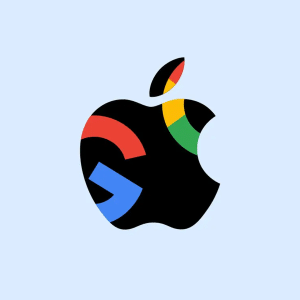A lot more people are about to get a chance to buy Google Glass, the Internet-connected eyewear that has become the hottest accessory in geek fashion.
Google will sell the “Explorer” version of Glass to any U.S. resident who places an online order for the device beginning at 9 a.m. PDT April 15. The product will cost $1,500, the same price that Google Inc. has charged for Glass since sales of the device began last year, the company said Thursday.
The April 15 sale will take place at http://google.com/glass/start/how-to-get-one . Google isn’t saying how many sets of Glass will be available during the limited-time offer.
It marks the first time that Google has made Glass available to consumers without providing them special access. More than 10,000 sets of Glass have been sold to a select group of developers, contest winners and other invitees.
This version of Glass, though, still isn’t the polished product that Google hopes to release in stores later this year. Although it hasn’t provided specifics, Google has indicated that the mass-market version of Glass will sell for less than $1,500. Google is expected to provide more details about its Glass plans at its annual developers’ conference in late June.
For now, Google is still trying to recruit more people willing to serve as guinea pigs for its attempt build a wearable device that features some of the same features as a smartphone. The Explorer program for Glass has been serving as Google’s test lab.
“Our Explorers are moms, bakers, surgeons, rockers, and each new Explorer has brought a new perspective that is making Glass better,” Google said in a Thursday post on its Plus social networking service.
Glass looks like a pair of spectacles except the Explorer edition doesn’t contain any actual glass in the frame. Instead, the device has a thumbnail-sized screen attached above the right eye so a user can check email, see Twitter posts or get directions without having to grope for a phone.
It can also take hands-free photos and video through voice-activated commands. The ability to record images so easily – and perhaps secretly – has raised privacy and piracy concerns and has prompted some casinos, theaters and bars to ban the use of Glass on their property. Safety concerns have also been raised about drivers wearing Glass, prodding lawmakers to draw up new rules forbidding use of the device in moving vehicles.
Google and other technology enthusiasts are hailing Glass as a breakthrough that will make it easier for people to access the Internet while on the go and cause fewer disruptions to social discourse because people won’t be fumbling around with their smartphones as frequently. The device is also being touted as a potentially valuable business tool that could help police officers, fire fighters, doctors and reporters do their jobs better.
Glass is the most prominent example of wearable technology, devices that are expected to become more widespread over the next few years. There are already several smart watches on the market, and Google is working with accessory makers to release even more of those devices later this year. Apple Inc., the maker of the iPhone and iPad, is expected to unveil an “iWatch” later this year.
About 19 million pieces of wearable technology will be sold this year, more than tripling from last year, according to study released Thursday by International Data Corp. The research firm predicts the annual sales volume for wearable technology will swell to 112 million devices in 2018.
Associated Press

